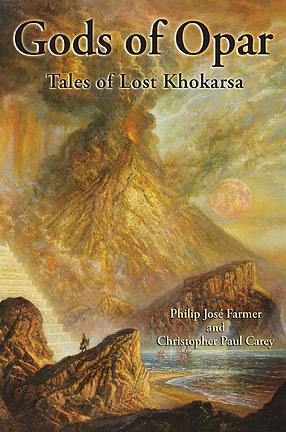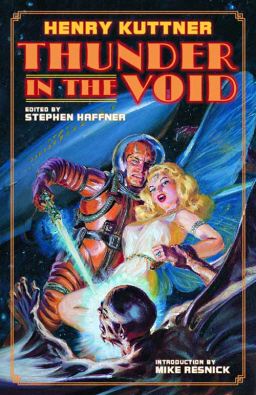 This weekend here in Chicago was the 12th annual Windy City Pulp and Paper Convention, one of my favorite local shows. I met fellow BG bloggers Jason Waltz, Joe Bonadonna, and David C. Smith on Saturday, as well as Bill “Indy” Cavalier, Morgan Holmes, and the always engaging Bob Garcia. Late on Sunday I heard someone call my name and turned to discover none other than William Patrick Maynard, our distinguished Friday blogger, who was selling his new novels The Terror of Fu Manchu and The Destiny of Fu Manchu at an impressively-stocked table. Despite having worked together for years it was the first time we’d ever meet, and I really enjoyed our conversation. He’s a fascinating fellow, and I kept him until well after the show had ended.
This weekend here in Chicago was the 12th annual Windy City Pulp and Paper Convention, one of my favorite local shows. I met fellow BG bloggers Jason Waltz, Joe Bonadonna, and David C. Smith on Saturday, as well as Bill “Indy” Cavalier, Morgan Holmes, and the always engaging Bob Garcia. Late on Sunday I heard someone call my name and turned to discover none other than William Patrick Maynard, our distinguished Friday blogger, who was selling his new novels The Terror of Fu Manchu and The Destiny of Fu Manchu at an impressively-stocked table. Despite having worked together for years it was the first time we’d ever meet, and I really enjoyed our conversation. He’s a fascinating fellow, and I kept him until well after the show had ended.
But the highlight of the show is always seeing the new titles at the Haffner Press booth, and this year didn’t disappoint. Stephen Haffner’s archival quality hardcovers are works of art, and his taste is excellent. He has published the definitive short fiction collections of many of the finest early pulp writers, including Leigh Brackett, Edmond Hamilton, Jack Williamson, C.L. Moore, and Henry Kuttner.
Still, Stephen may have outdone himself with his newest release, Henry Kuttner’s Thunder in the Void, a massive collection of 16 Space Opera tales from Planet Stories, Weird Tales, Super Science Stories, and other classic pulps. Before Kuttner married C.L. Moore in 1940, he wrote blood-n-thunder Space Opera in the style of one of his favorite authors, Edmond Hamilton — with winning titles like “Raider of the Spaceways,” “We Guard the Black Planet,” and my favorite, “Crypt-City of the Deathless Ones” — all of which are collected here.
The book looks terrific, even by the high standards of Haffner Press. Most of the these tales are appearing in book form for the first time. Also included is a previously unpublished story, “The Interplanetary Limited,” and an introduction by Mike Resnick.
Stephen mention to me that Thunder in the Void may be the fastest-selling book he has ever printed. It was released on April 4th in a printing of 1000 copies, of which only 200 are left. If you want a copy, I urge you to act fast. Thunder in the Void is 612 pages in a high-quality hardcover, with a cover price of $40. Cover art is by Norman Saunders. It is available directly from Haffner Press.
Previous Haffner releases covered here include Kuttner and Moore’s Detour to Otherness, Henry Kuttner’s Terror in the House: The Early Kuttner, Volume One, and the upcoming The Complete John Thunstone, by Manly Wade Wellman.
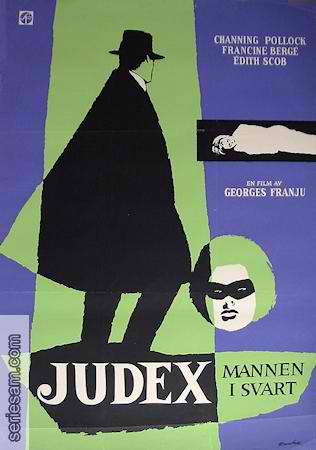
 Pioneering silent film director, Louis Feuillade rose to prominence with his stylish 1913 serial, Fantomas which faithfully adapted five of Pierre Souvestre and Marcel Allain’s bestselling pulp thrillers. Feuillade next succeeded in fashioning an enthralling original story based around the Apache street gang which figured prominently in the Fantomas series. Les Vampires are led by the vampish Irma Vep, played by the exotic Musidora (France’s answer to Theda Bara). The 1915 serial was hugely successful and was a highly influential work in its day. Feuillade was tasked with the challenge of trying to follow up these two successes with a third commercial property.
Pioneering silent film director, Louis Feuillade rose to prominence with his stylish 1913 serial, Fantomas which faithfully adapted five of Pierre Souvestre and Marcel Allain’s bestselling pulp thrillers. Feuillade next succeeded in fashioning an enthralling original story based around the Apache street gang which figured prominently in the Fantomas series. Les Vampires are led by the vampish Irma Vep, played by the exotic Musidora (France’s answer to Theda Bara). The 1915 serial was hugely successful and was a highly influential work in its day. Feuillade was tasked with the challenge of trying to follow up these two successes with a third commercial property.
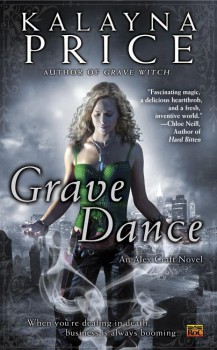 Grave Dance
Grave Dance Dear Black Gate readers,
Dear Black Gate readers,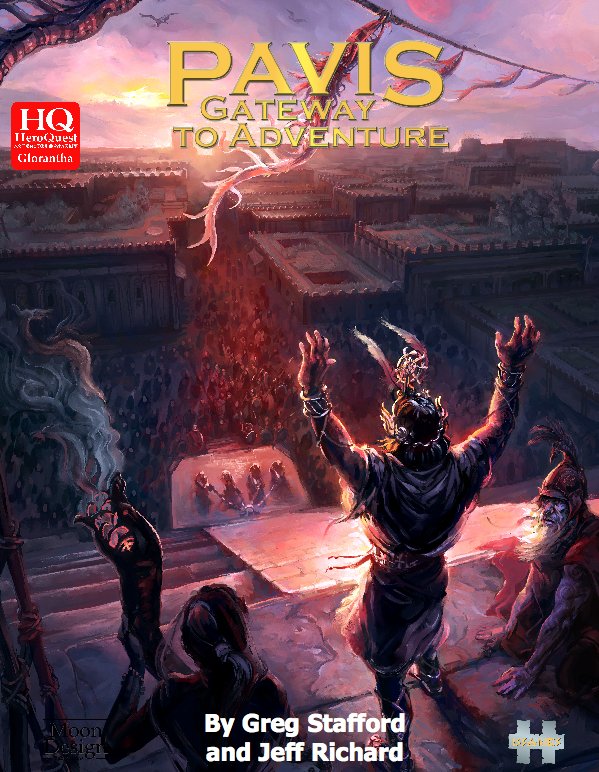
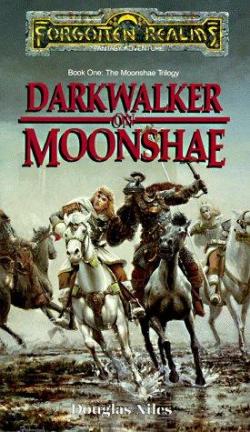
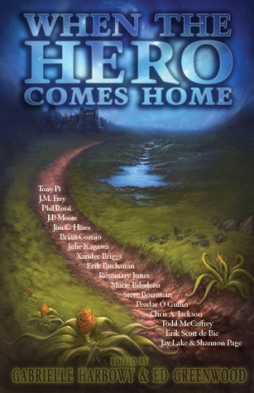 When the Hero Comes Home is an anthology from Dragon Moon Press co-edited by Garbielle Harbowy and Ed Greenwood. It’s a surprisingly thin book, given that it holds nineten stories by twenty writers (including two Black Gate contributors, Peadar Ó Guilín and Jay Lake, in collaboration with Shannon Page). Its theme is exactly what it says: the homecoming. The point where the story usually ends. I have some reservations about how the book turned out, but the idea’s intriguing: what do you find when you make it back to where you began? Has the place changed, or have you?
When the Hero Comes Home is an anthology from Dragon Moon Press co-edited by Garbielle Harbowy and Ed Greenwood. It’s a surprisingly thin book, given that it holds nineten stories by twenty writers (including two Black Gate contributors, Peadar Ó Guilín and Jay Lake, in collaboration with Shannon Page). Its theme is exactly what it says: the homecoming. The point where the story usually ends. I have some reservations about how the book turned out, but the idea’s intriguing: what do you find when you make it back to where you began? Has the place changed, or have you? The Raven (2012)
The Raven (2012)